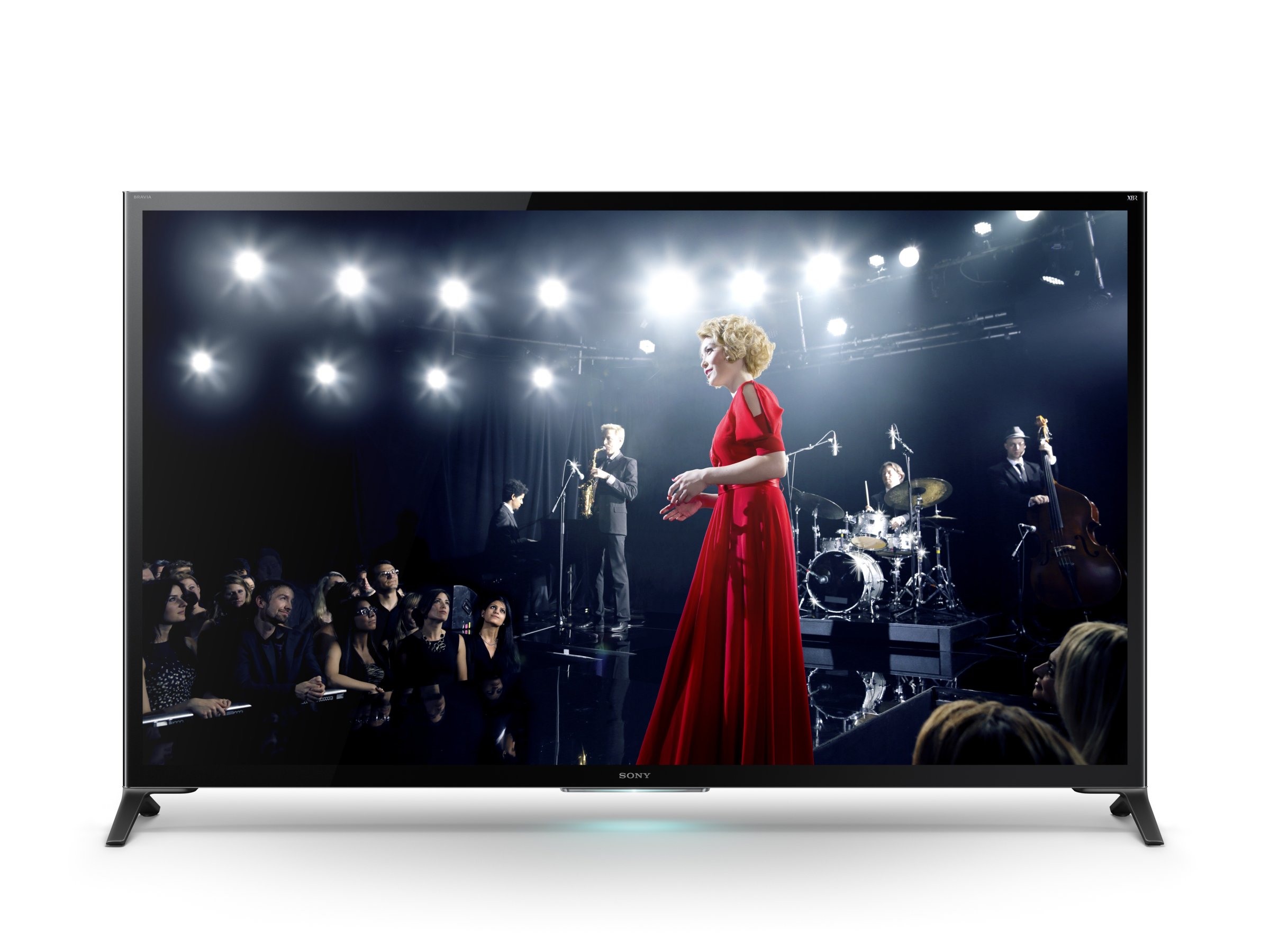
This post was done in partnership with The Wirecutter, a list of the best technology to buy. Read the full article below at TheWirecutter.com

If you’re looking for a really great, solid TV, the Sony X900B series is the one we recommend for most people, plus it has near universal praise from the top reviewers. It has a colorful, rich, vibrant image that is lauded by experts from across the web. It has the most lifelike picture of any TV on the market, and has few (if any) real issues.
It is, however, very expensive: $2,800 for a 55-inch television. So if you don’t absolutely need the best picture quality available today, we have a cheaper recommendation too.
Who should get this TV?
Someone looking for the best picture quality currently available without spending even more per-screen-inch on an OLED (Organic Light Emitting Diode) TV.
If you just want a good-looking TV, one that doesn’t have quite the X900B’s contrast, brightness, or resolution, check out our pick for Best $500 TV.
If you’re looking for something bigger, consider a projector in $500, $1,000, or $2,500 “Awesome” forms. These will give you a great and significantly larger image than any TV.
Our pick
The Sony X900B starts at about $2,800 for the 55” version. It has an incredibly dark black level compared to the rest of the competition, creating a powerfully contrasty image. It’s less like you’re watching a TV, and more just a movie floating in your room. The colors are lifelike and accurate. While there are many great TVs on the market this year, in review after review, the X900B edges out the others (often by just not doing anything wrong).
It also has great sound quality thanks to a rather large, built-in speaker array. Think of it as having a halfway-decent soundbar built into the TV. Those without an existing setup will appreciate the fact that it actually sounds good, but if you already have a sound system, it’s just an unnecessary added expense that takes up extra space.
David Katzmaier, from CNET, gave the X900B 3.5/5 stars, including a score of 9/10 for performance (though only 5/10 for value). In his review, he says “the Sony XBR-X900B series provides the best picture quality of any 4K TV we’ve tested so far, competing well against the better plasmas.”
Who else likes it? Robert Heron reviewed the X900B for HDGuru.com, concluding, “as a product that delivers an audio and visual experience with 4K, HD, and streaming sources, I cannot think of another LCD television that has impressed my ears and eyes more than the Sony XBR-X900B series.”
The X900B comes in 55- ($2,800), 65- ($3,800), and massive 79-inch models ($8,000).
The 15 Most Bizarre Moments From the Consumer Electronics Show
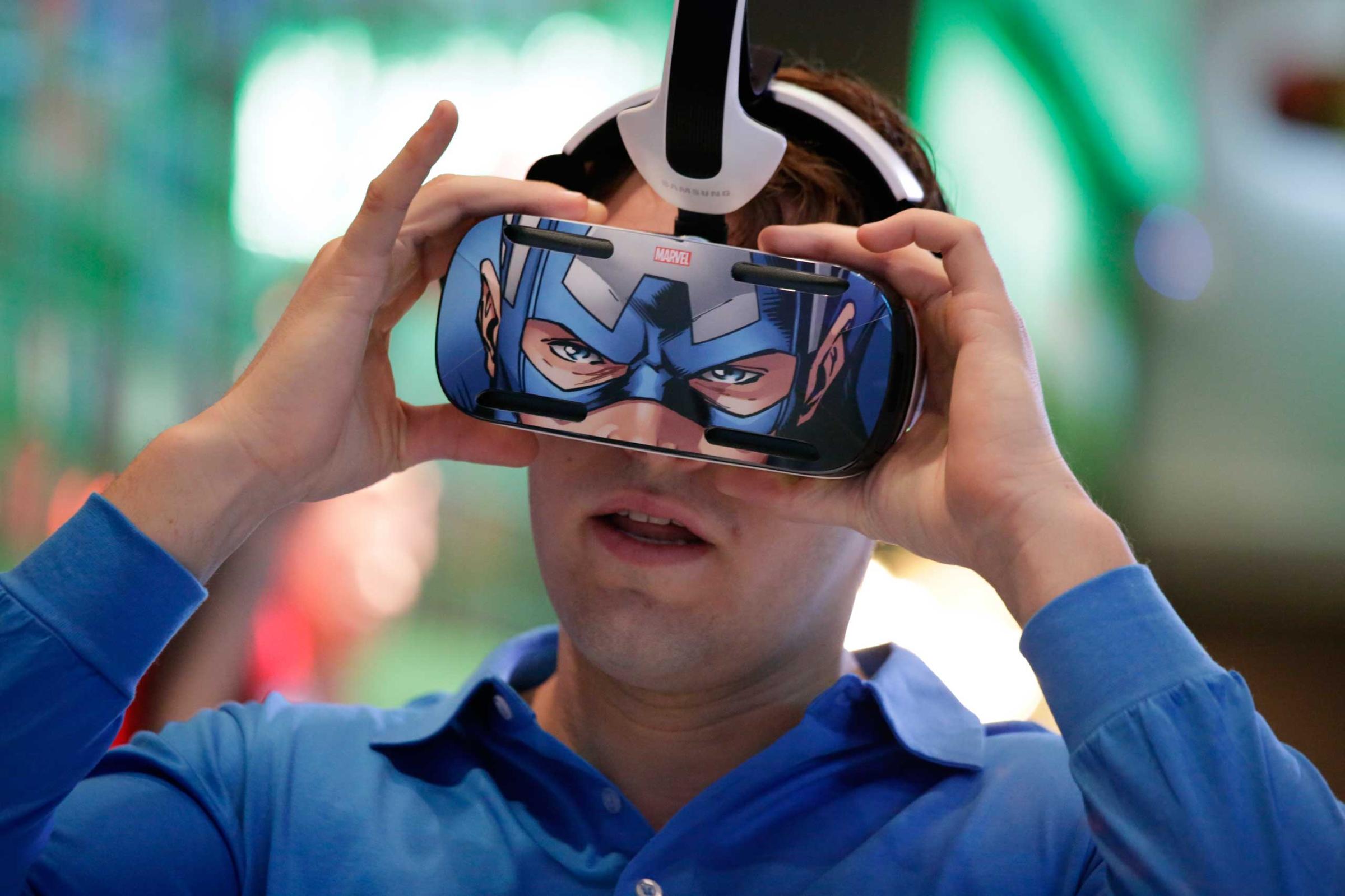
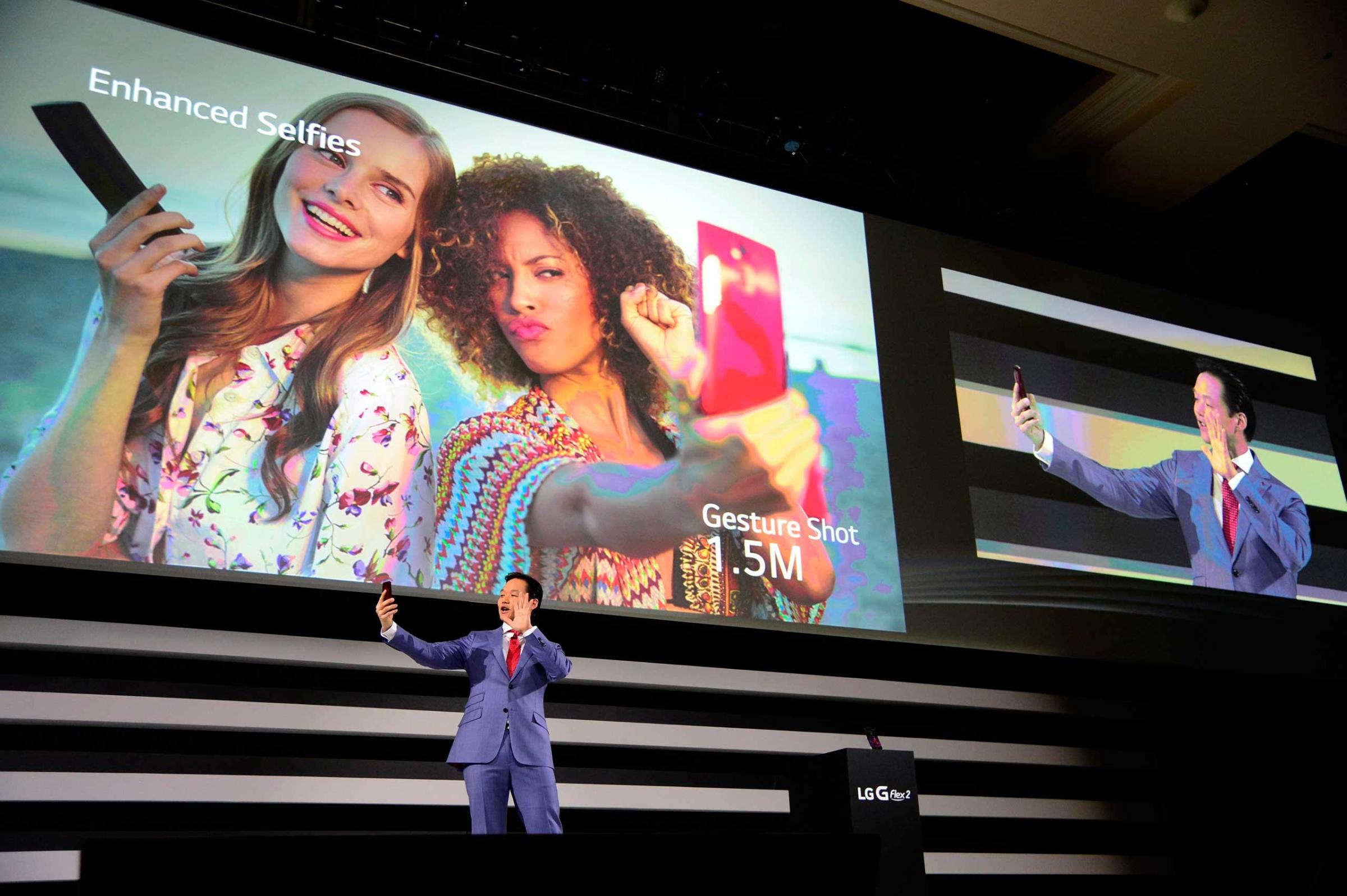
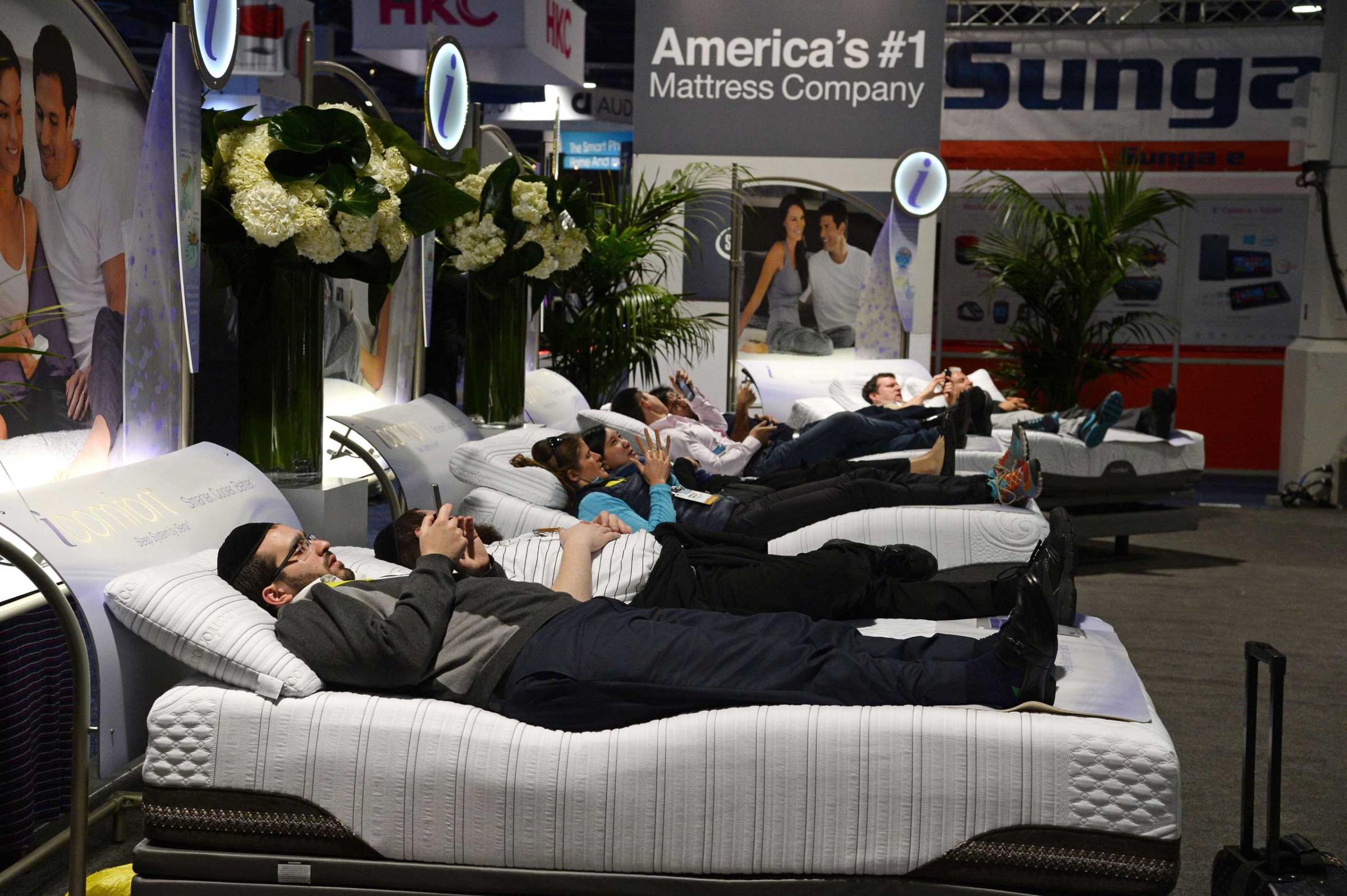
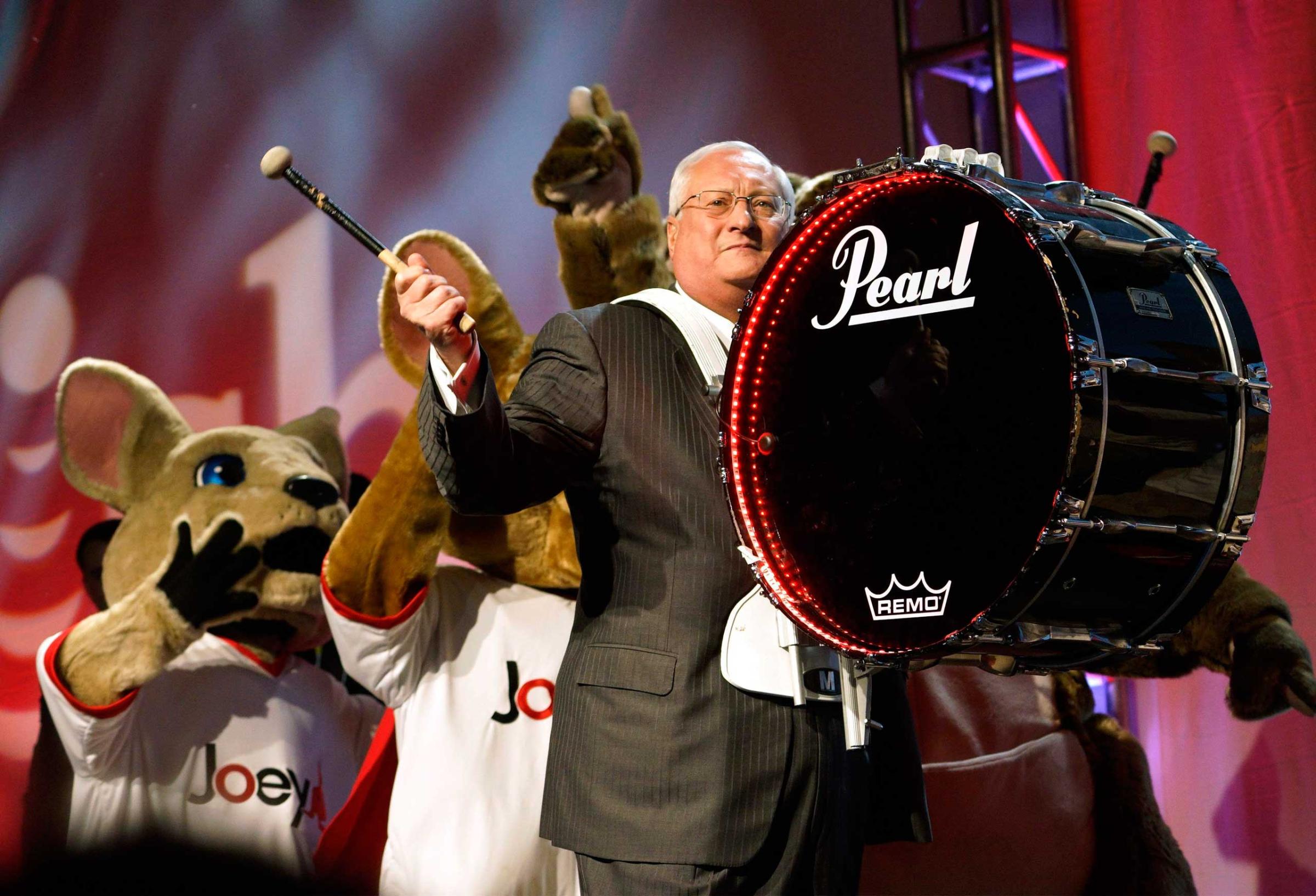
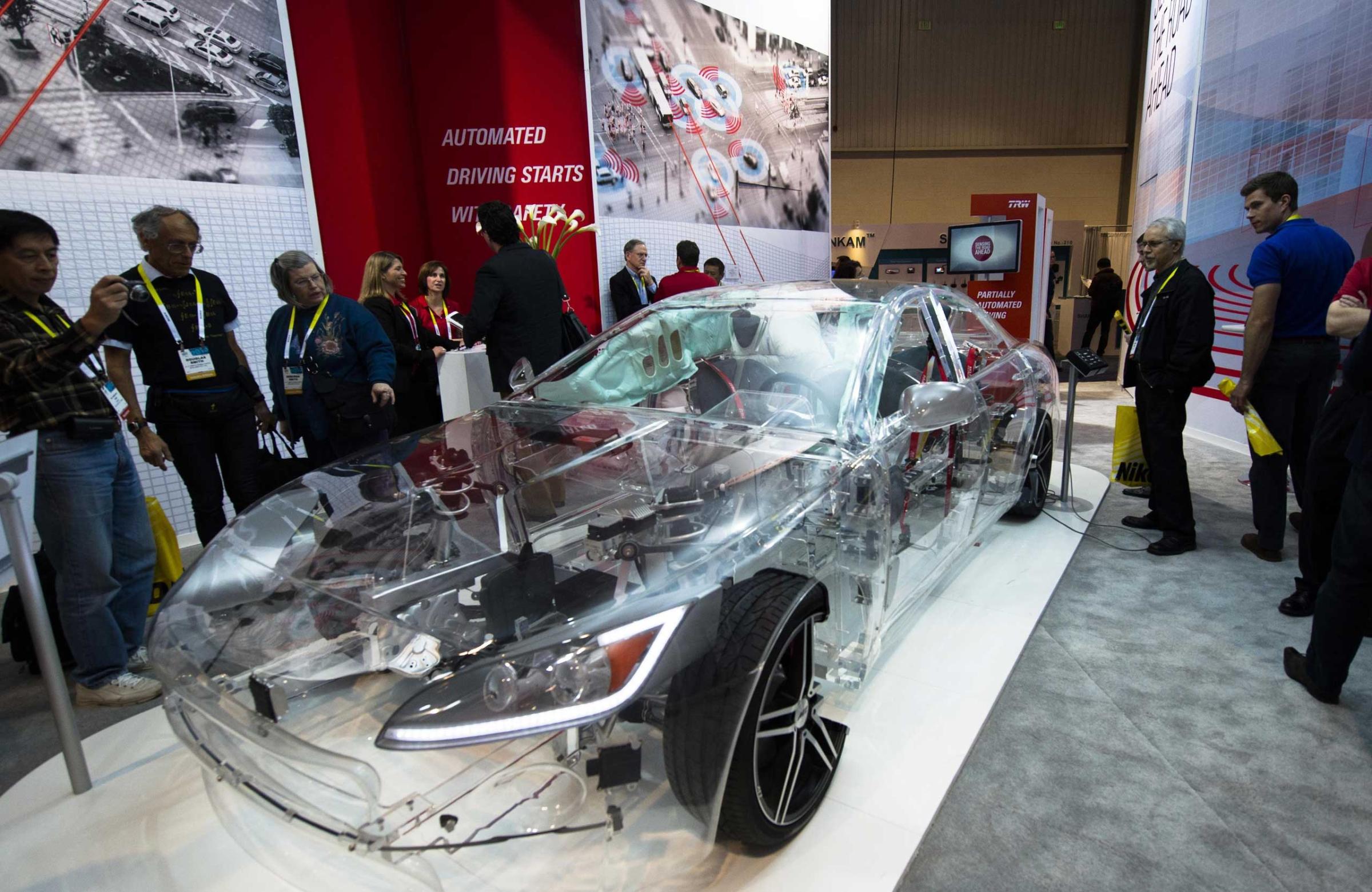

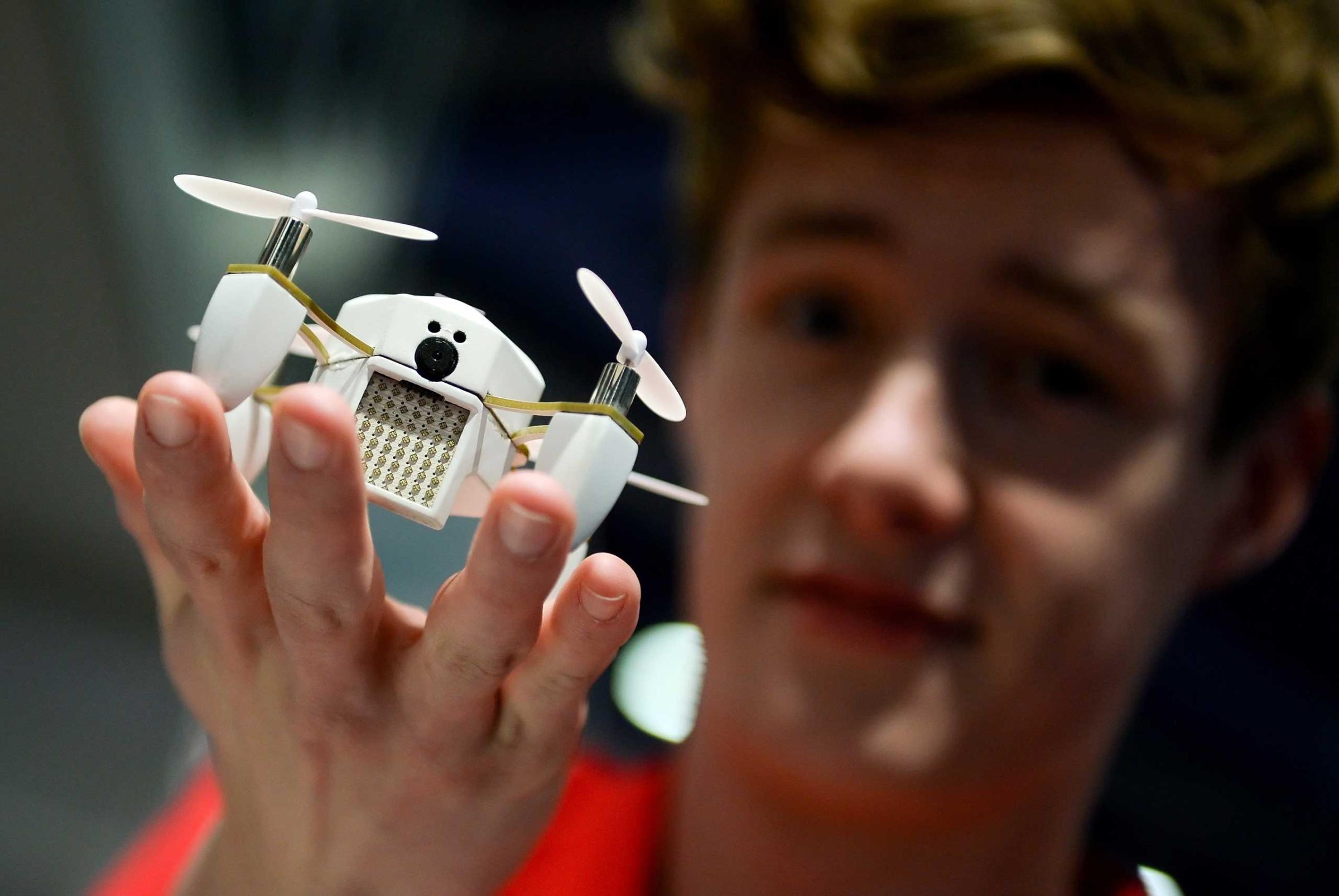
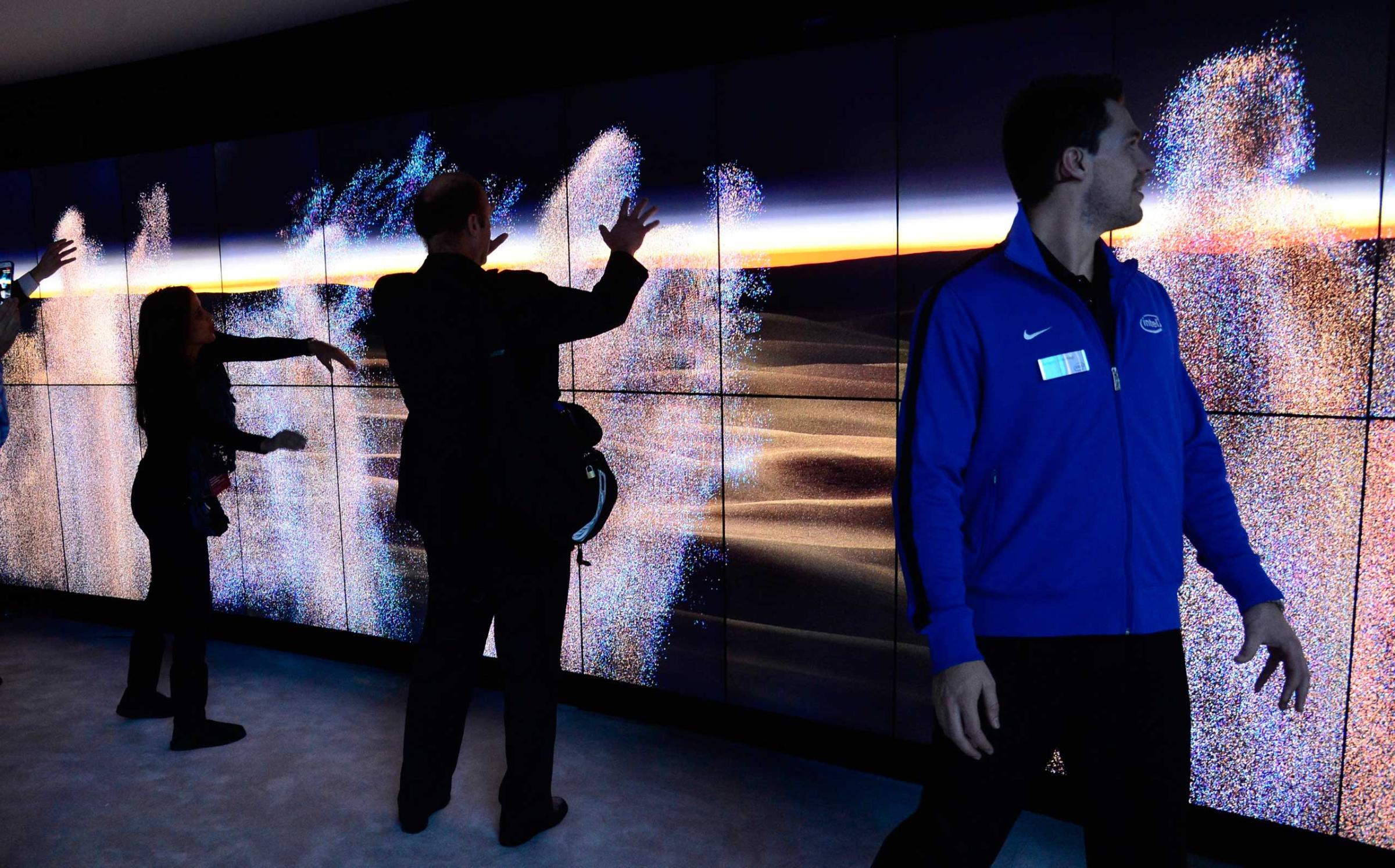
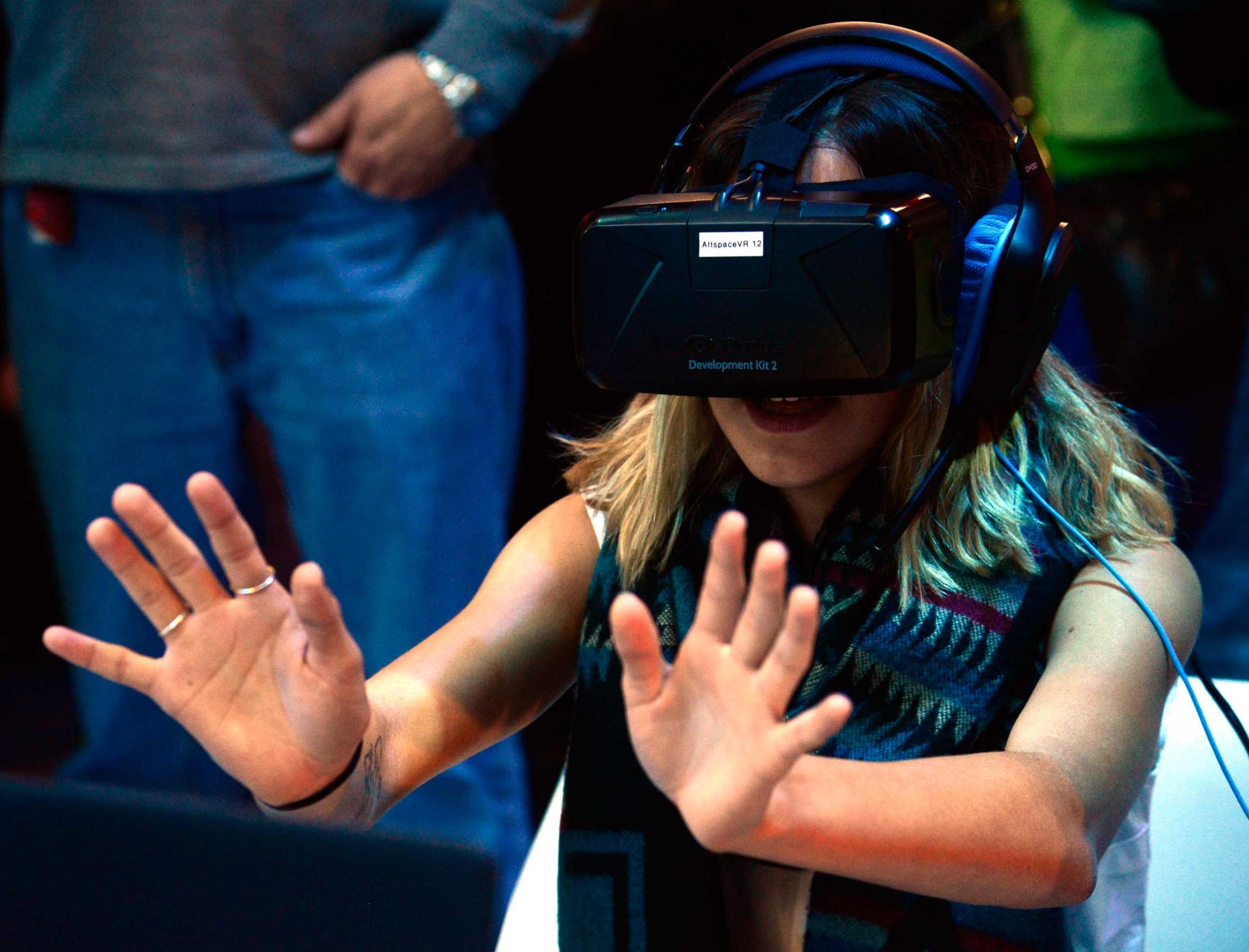
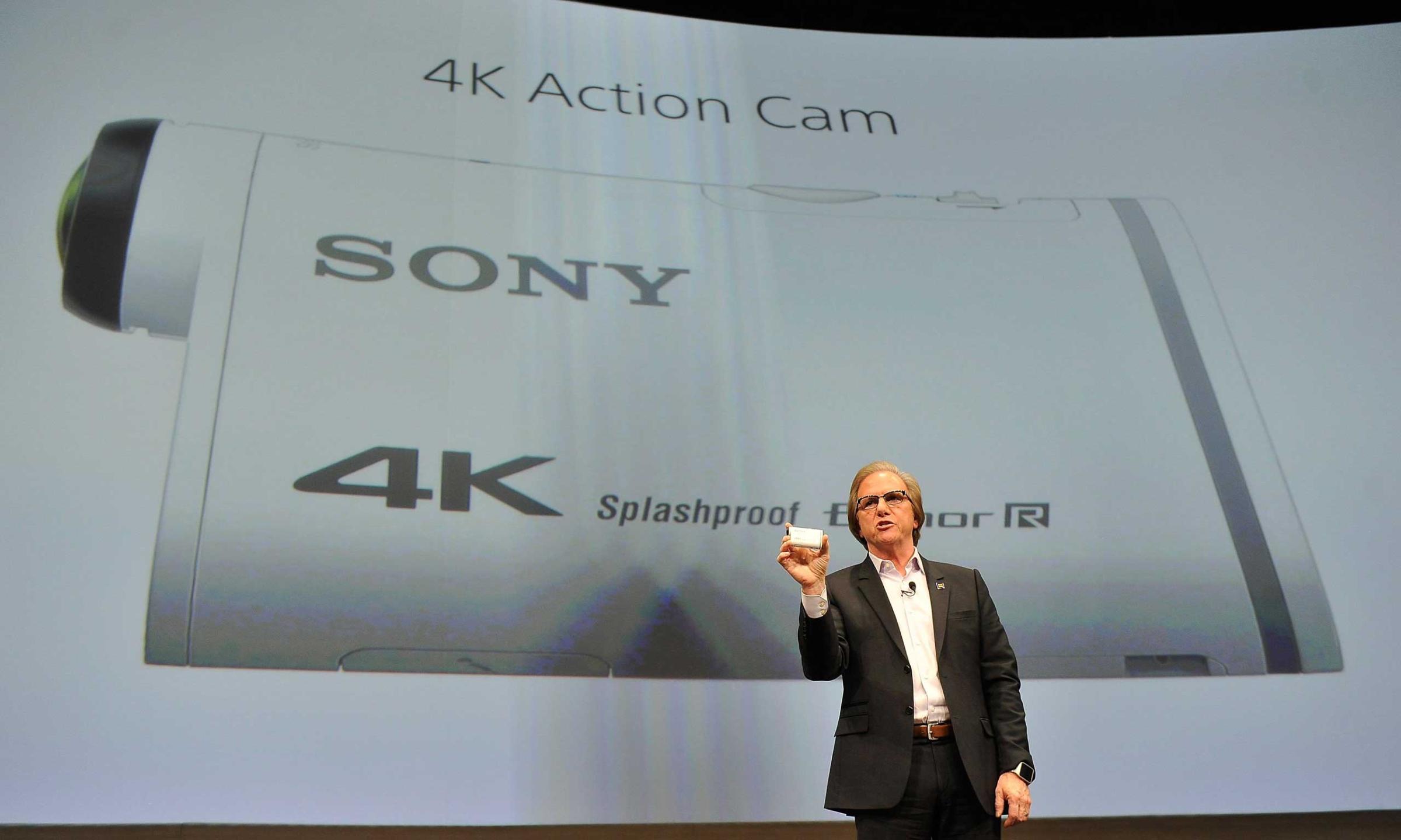
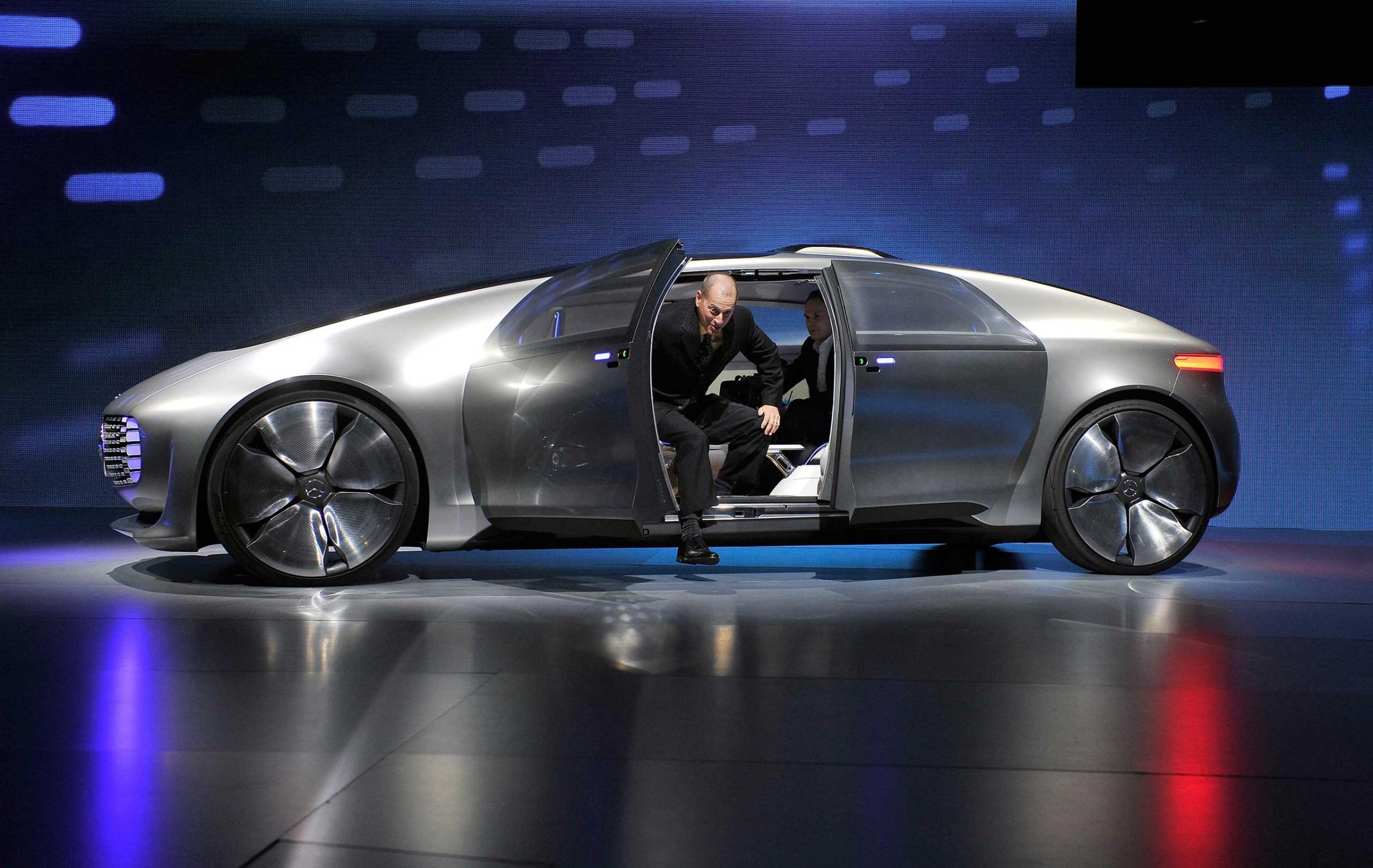
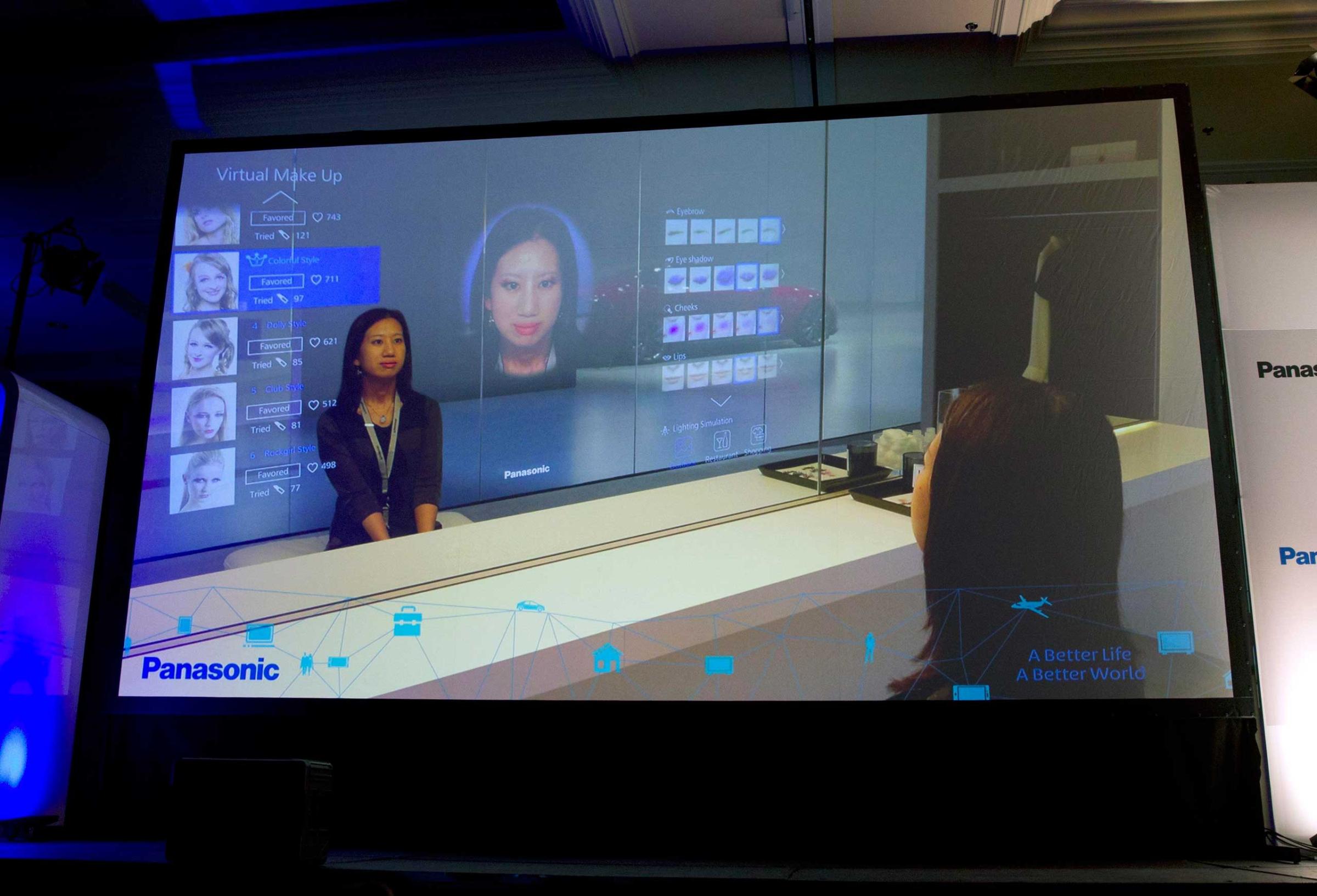
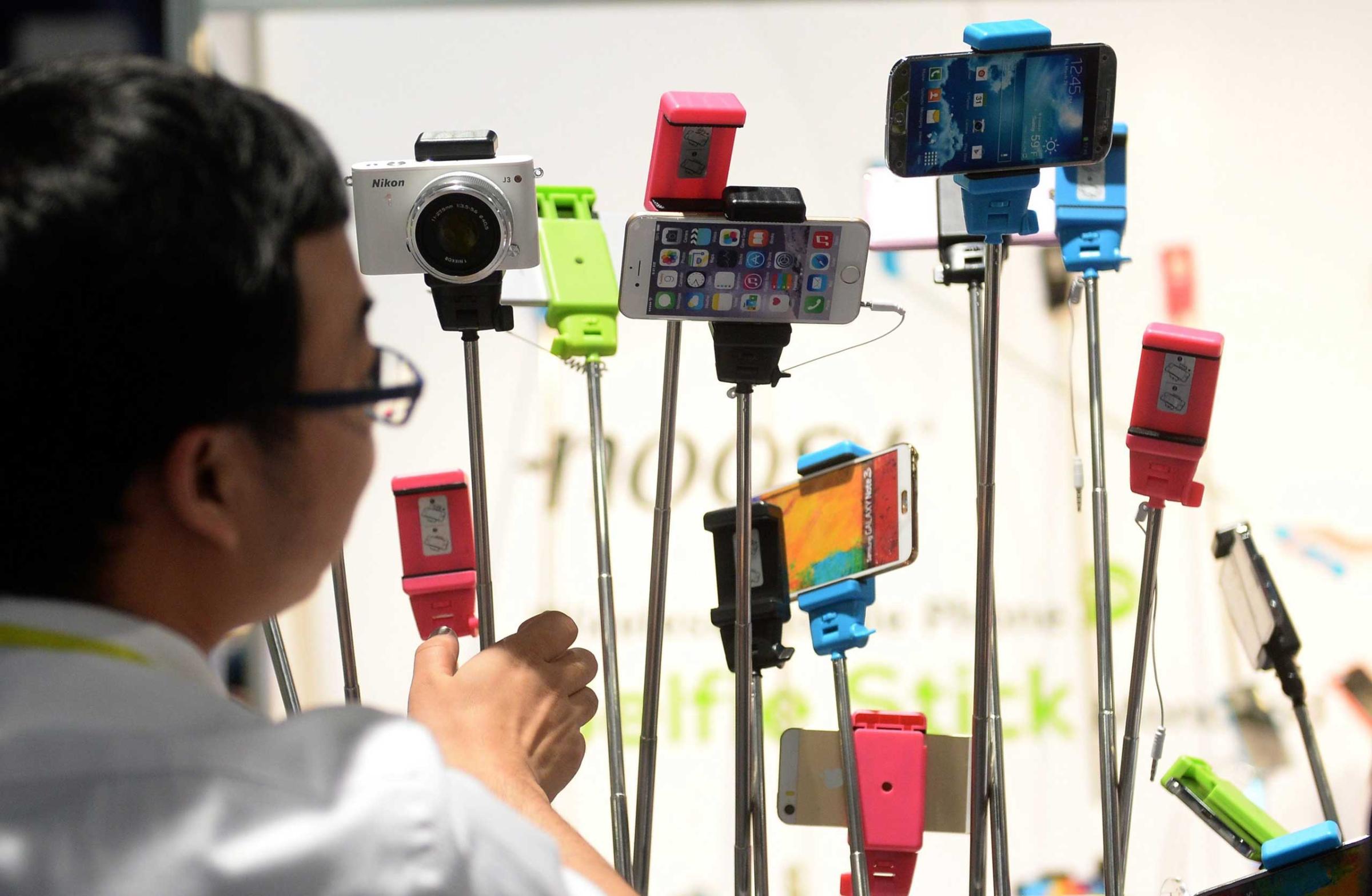
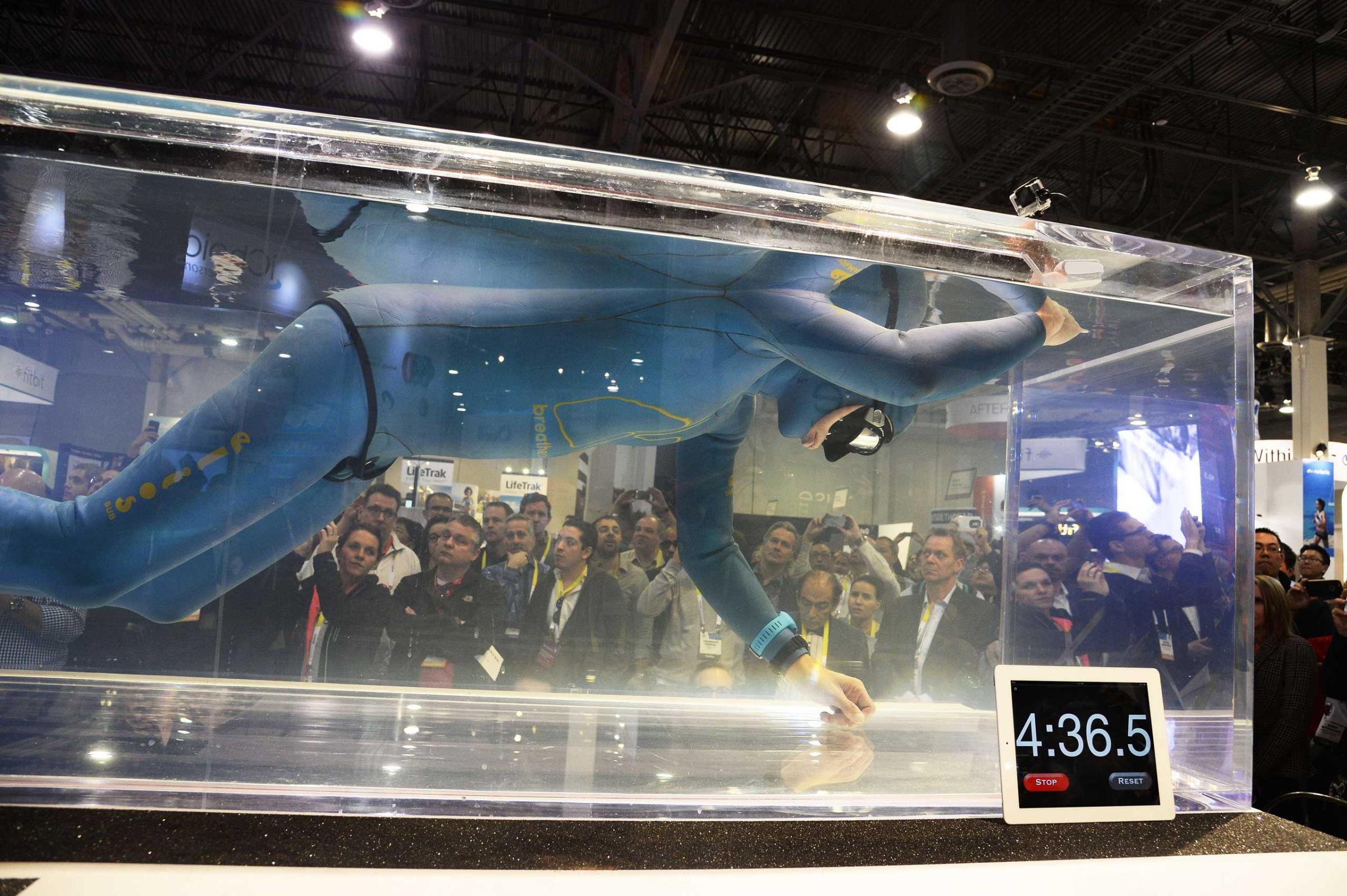
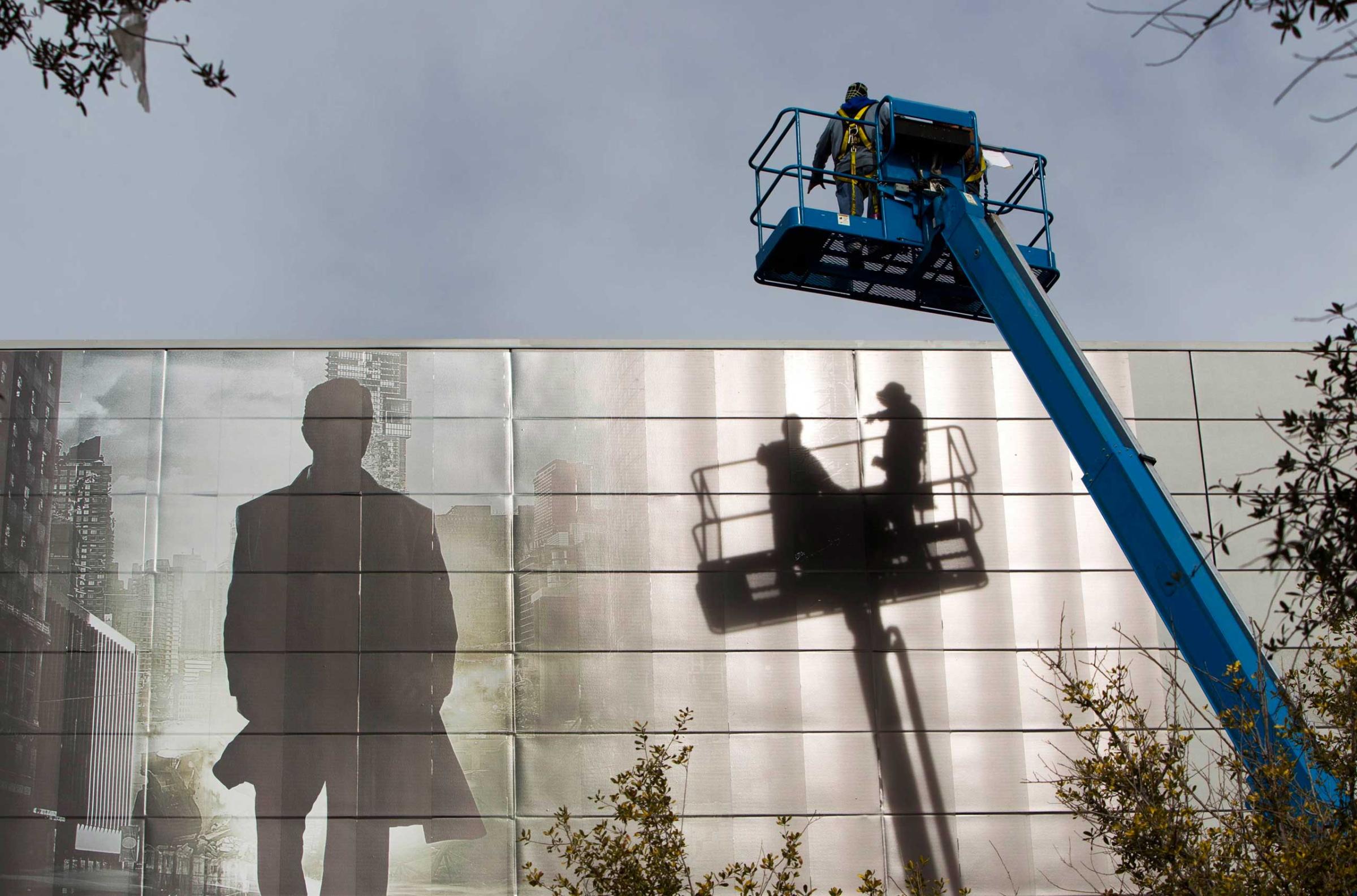
Flaws but not dealbreakers
Those ears, man. Those ears. Each side of the X900B’s screen features big speakers. They’re incorporated well, but make the TV much bigger than it needs to be, and are rather useless for anyone adding a soundbar or surround sound system (which we always recommend). You’re not paying extra for the speakers (at least not any meaningful amount), so it’s really just the aesthetics that are the issue.
The X900B is also on the expensive side. With the demise of plasma, the sweet, sweet low-priced, high-performing television is gone. LCDs that were close to plasma’s picture quality were always much more expensive. They needed features like local dimming and high refresh rates to compete with plasma’s inherent strengths. So the next step down, into what we’ll call the “mid-range” of LCDs on the market (say, $1,000-$1,500 for a 60-inch), is a big step down in price, and a fairly sizeable step in picture quality.
A Budget Pick
If the X900B is out of your price range, check out the Vizio M-series ($1,150 for a 60-inch). It’s not perfect, but there’s no single standout for the “best” mid-range LCD. The M-series offers very good picture quality, a little better than its competitors, and is a great price for its size.
There are two main issues with the M-series. The first is its motion resolution, which means objects that move onscreen, like a car driving from the left of the screen to the right, will blur more than a stationary background. And Consumer Reports says the motion blur reduction feature “also activates the smooth-motion effect that gives movies a “video-like appearance.”
That “smooth-motion effect” is also called the Soap Opera Effect (SOE), which many (including me) can’t stand. It makes everything look like an ultra-smooth soap opera. This is often the tradeoff with LCDs: poor motion resolution, or SOE. Some higher-end TVs have additional settings that reduce motion blur but don’t cause SOE, but the M-series doesn’t have those. Sports and gaming won’t look weird with SOE enabled, but movies and TV shows will. If you’re bothered by motion blurring, and you hate SOE, but don’t want a plasma (which don’t have this issue), consider the Samsung H6350.
The other issue with the M-series is that it’s only a little better-looking than Vizio’s less expensive E-series. CNET thinks “[the] picture is not significantly better than less-expensive E-Series.” They rate the two the same, Consumer Reports gives one extra tick to the M-series. So if you want to save a little money, the E-series is about 30% cheaper for only slightly worse picture quality. The consensus is the M-series does look a little better, though.
If money is no object…
OLED technology has been on the cusp of a breakthrough for many, many years. OLED’s biggest improvement over plasma and LCD is an even better contrast ratio, which is the most important part of a TV’s picture quality. The contrast ratio on OLED is effectively infinite. The image is better—it’s more lifelike and “window-to-another-world” than you’ve ever seen on any TV technology.
At an MSRP of $3,500, this year’s OLED, the LG 55EC9300, is significantly cheaper than last year’s, which was $15,000 when first available (that model is now on clearance at $3,200).
CNET’s David Katzmaier is effusive in his praise of the new TV, saying in his review that it has “the best picture quality” of any TV he’s reviewed, with “perfect” black levels, and “exceedingly bright whites.”
Our take on 4K TV Ultra High Definition TVs
Yes, our pick is a 4K TV, but we didn’t pick it for that reason—it’s a beautiful TV, that just happens to also be 4K. Resolution, in itself, isn’t a reason to upgrade your TV; it’s just one aspect of picture quality. The best 4K TVs do look good, but that’s because they also have all the best technologies their manufacturers can put in them (local dimming, etc). Cheap 4K TVs only have resolution going for them, so you’re getting a mediocre TV. Or to put it another way, you’re getting a Kia with Pirelli P-Zeros on it. It’s still a Kia. Wouldn’t you rather a Porsche for a little more money?
Further, the claims about an increase in picture quality due to the increase in resolution are somewhat dubious as well. Your eye can’t resolve the increased resolution in anything but very large screen sizes. Wirecutter contributor Chris Heinonen has an excellent 4K calculator to determine if you’ll get any benefit going with a higher-than-HD resolution display. Basically, if you’re sitting where most people are (9 or 10 feet from your TV), then you’ll need way more than 70-inch TVs before you even start to see a difference.
For a 50-to-60-inch TV, 4K is just going to be a waste of money, unless you’re sitting really, really close. If you want to dive into the science behind it, check out my articles over at CNET.
Wrapping it up
If you’re looking for the best TV, I recommend the Sony X900B in 55-, 65-, and 79-inch sizes. It has the best picture available right now. Too expensive? Check out Vizio’s M-series.
This guide may have been updated. To see the current recommendation please go to The Wirecutter.com
More Must-Reads from TIME
- Cybersecurity Experts Are Sounding the Alarm on DOGE
- Meet the 2025 Women of the Year
- The Harsh Truth About Disability Inclusion
- Why Do More Young Adults Have Cancer?
- Colman Domingo Leads With Radical Love
- How to Get Better at Doing Things Alone
- Michelle Zauner Stares Down the Darkness
Contact us at letters@time.com